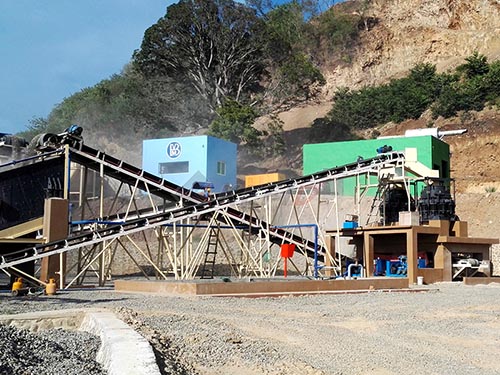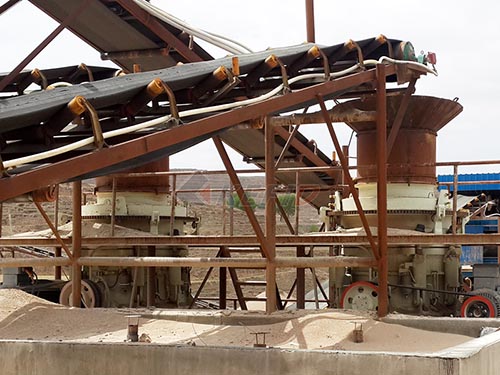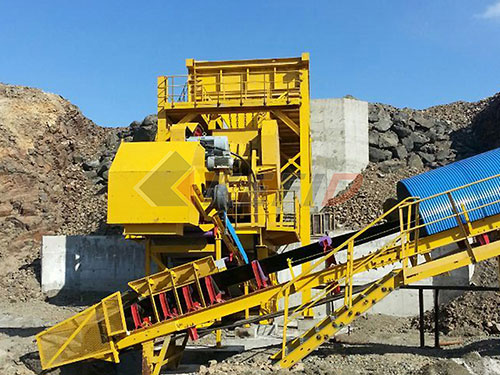Building Roads from the Ground Up: The Rise of Crushed Concrete Pavements
The global construction industry faces a dual challenge: managing the colossal volume of demolition waste generated annually and sourcing sustainable, cost-effective materials for new infrastructure. Crushed concrete aggregate (CCA), derived from recycling demolished concrete structures, presents a compelling solution, particularly in road construction. Building roads using crushed concrete isn’t just waste diversion; it’s a sophisticated engineering practice offering significant technical, economic, and environmental advantages. This article delves into the process, benefits, considerations, and best practices for constructing durable and high-performing crushed concrete roads.
From Rubble to Resource: Understanding Crushed Concrete Aggregate (CCA)
Crushed Concrete Aggregate is produced by systematically processing concrete debris from demolished buildings, pavements, bridges, and other structures. The process typically involves:
1. Demolition & Collection: Structures are demolished using methods that maximize concrete recovery (e.g., selective demolition). Debris is transported to recycling facilities.
2. Initial Processing: Large chunks are broken down using hydraulic hammers or pulverizers attached to excavators.
3. Removal of Contaminants: Powerful magnets extract ferrous metals (rebar, mesh). Manual sorting or specialized equipment removes non-ferrous metals, wood, plastic, asphalt chunks (if mixed), paper, and other deleterious materials. Stringent quality control at this stage is paramount.

4. Primary Crushing: Pre-processed material is fed into primary crushers (e.g., jaw crushers) to reduce size further.
5. Secondary & Tertiary Crushing/Sizing: Material passes through impact crushers or cone crushers to achieve the desired particle size distribution (gradation). Screening decks separate the crushed material into specific size fractions suitable for different pavement layers (e.g., base course, subbase).
6. Final Inspection & Stockpiling: Graded CCA is inspected for contamination levels and gradation compliance before being stockpiled for use.
The resulting product is an angular aggregate with rough surface texture and inherent cementitious properties due to residual hydrated cement paste adhering to the original aggregate particles.
Why Choose Crushed Concrete for Roads? A Multifaceted Advantage
The adoption of CCA in road construction is driven by a powerful combination of benefits:

1. Environmental Sustainability:
Waste Diversion: Diverts millions of tons of concrete from landfills annually.
Resource Conservation: Reduces demand for virgin aggregates extracted from quar

Leave a Reply